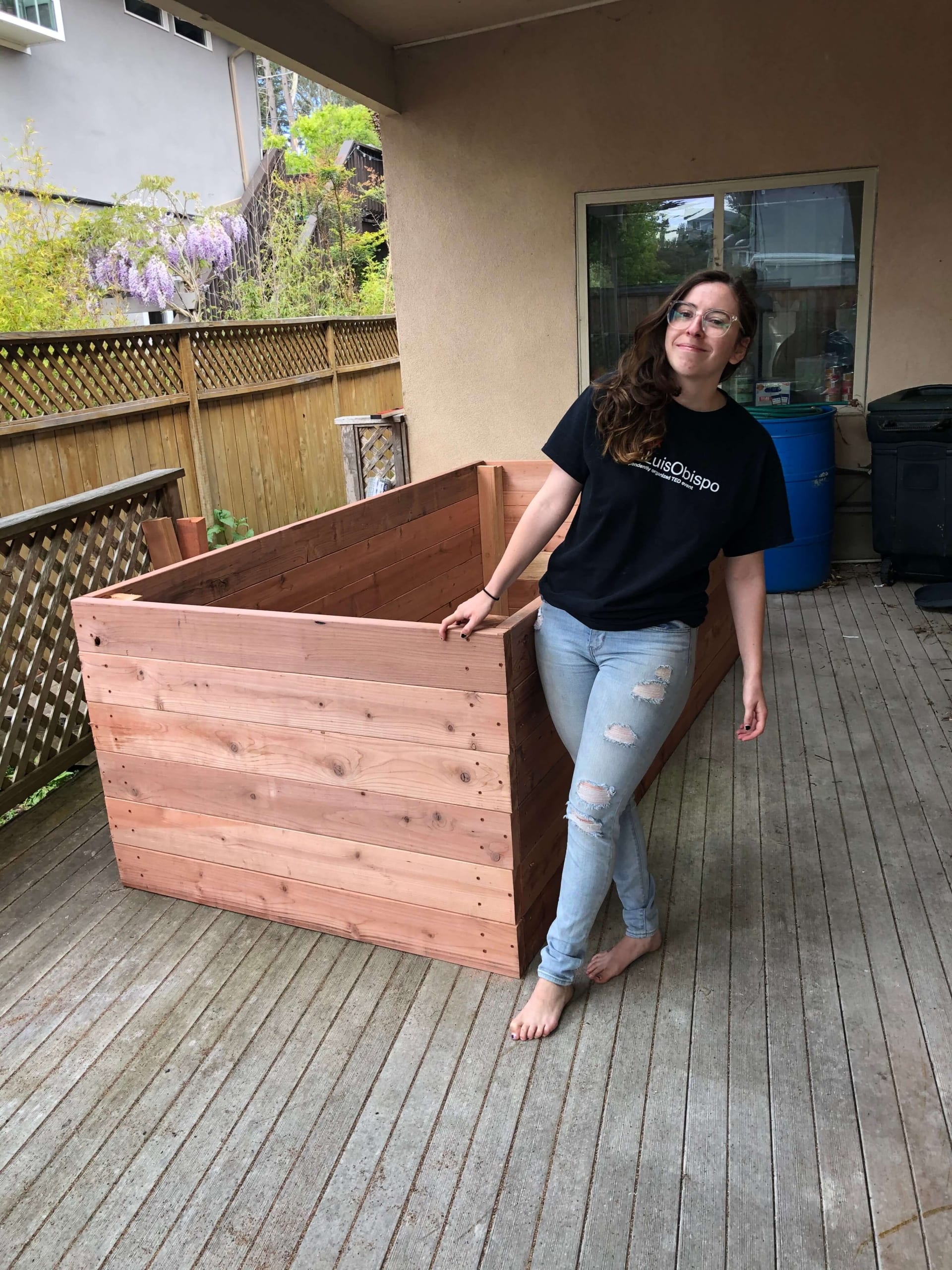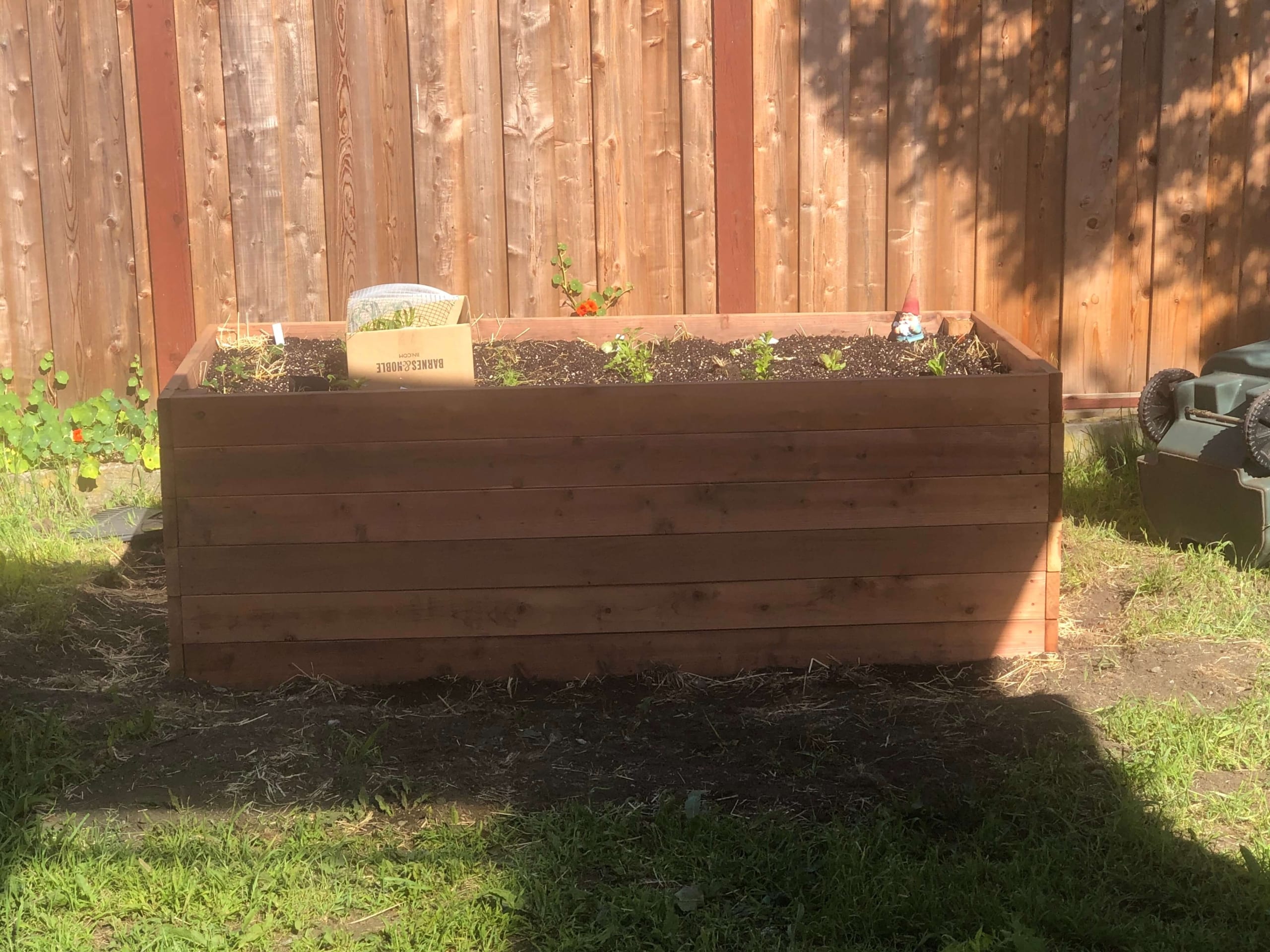I’ve never thought of myself as a cottagecore queer. I don’t want to live in the woods drinking out of repurposed mason jars. Instead, I live in the city, I dress like an angsty teen crossed with her gold-digging stepmother who’s only a few years older, and I think baking pies is overrated.
I’ve always been a city person. I grew up in San Francisco, but my childhood home is 20 minutes outside of the city; I hated it. In Sept. 2019, I moved to New York. I was 22, and if I was going to live in a city I planned on living in the city. There was no shortage of things to do and people to see.
That was, of course, until everything shut down last March. I could not cope with being alone in quarantine. Physical touch is my love language, and with no human contact I was slowly dying. So, in early April, I left New York and went back to my family in California. I planned on staying there for a month. How long could this pandemic last?
Stepping out of the airport, I noticed all the trees surrounding me. Even though SFO is right off the highway, the sparse clusters of green were overwhelming compared to New York’s concrete. After living in New York for six months, I nearly forgot that nature existed. I was like a big city gal in a Hallmark movie returning to my tiny hometown to learn the meaning of Christmas.
My parents shut me off in a corner of the house for two weeks. I stayed in their bedroom because it was attached to a bathroom. Three times a day, someone would deliver meals to my door on a paper plate. My dogs sat outside the door, confused about why I wasn’t petting them.
For quarantine circumstances, this was not the worst. I had custom meals made on request, I’d brought plenty of books to keep me busy and I didn’t have to do any chores.

Credit: Courtesy Gaby Messino
But even better, my parent’s room had a door to their backyard. It was a small jungle with weeds growing up to my knees, and the ground beneath was a mystery. There were 100-foot-tall trees on every side and a small forest across the street from my house. Home reminded me of how it felt to breathe air—or at least air that isn’t tinted with that oh-so-seductive scent of New York garbage. My backyard was the only part of my seclusion that didn’t make me feel like peanut butter suffocating between two slices of bread.
I decided to spend my two-week quarantine fixing up the backyard. I chopped down the overgrowth and dug some of it out by its roots. My dad decided we needed a garden. In all his paranoia about COVID-19, he believed that the grocery stores would sell out of fresh produce, so we needed to fend for ourselves.
He went to Home Depot and got me enough wood to make a raised garden; he wanted plants he could easily reach without bending over. I had done theater my whole life and had helped build sets, so while my carpentry skills are lacking, I still managed to build a box for the garden.
“Growing something meant I was doing something useful.”
By the time I finished the box and evened out a patch of land to put it on, I was out of my quarantine and back in my usual bedroom with my childhood dresser and a creepy porcelain doll my grandmother had given me. But the garden project continued. This time, my dad and brothers lent a hand by helping me fill the raised garden with wood chips and hay and a layer of topsoil. Together, we filled the dirt with lettuce, strawberries that would never grow and one very successful zucchini plant that would eventually take over half the garden box. I made sure to water the plants every day.
Before COVID-19, if I needed produce, I would run to the store where there would be a much wider selection. But the quarantine boredom got to me: I couldn’t see my friends, I had no job and I could only play so much Animal Crossing. I couldn’t even go to the beach nearby, where people who were bored of staying home flooded in from across the Bay Area. Instead, I stayed in my garden, using it as my only access to the outdoors. It was the only thing giving me a sense of purpose. Growing something meant I was doing something useful.
A few weeks later my dad bought a second garden box to build. It came with all the pieces and instructions. I tackled it, planting more produce. Then the garden bloomed. Dozens of potatoes tunneled into our second box. The corn was a few feet high. And we had been eating so much zucchini that we eventually had to start giving it away.

Credit: Courtesy Gaby Messino
The garden became part of my routine. As its sole caregiver, I was responsible for watering it, keeping it alive (a task my father pretended to help with though he didn’t actually participate). After I watered the plants in the mornings, I’d spend the afternoon reading in the backyard. Living in New York made me forget the importance of nature when it comes to my mental health. But spending every day outside back home created a sense of calm.
I later expanded the garden, adding a section of succulents in a giant square on the ground. I tried to build a small rock walkway, which admittedly looks like garbage despite the hours I laboured over it. If I had the time and money I could have redone the entire backyard, but neither was available to me. I managed my makeshift space and tried to enjoy the overgrowth of weeds as best I could.
By August, four months had passed, and a beautiful woman still hadn’t built a cottage for us in the woods. Nor had a community organizer asked me to plan a Harvest Festival. Hallmark had lied to me. It was time for me to pack up and head back to New York to start in-person classes for my first semester at grad school. By this point, the garden was far enough along that my family could maintain it with minimal effort. My garden was fun for a time, but I was more than ready to leave.
I am not a cottagecore queer. I will never want to live in the forest with my lumberjack girlfriend. I still think pies are an overrated dessert. I’m here for skyscrapers, nightclubs and midnight rides on the subway. Those are the things I love. But for those few months, I enjoyed my time in my garden.


 Why you can trust Xtra
Why you can trust Xtra


